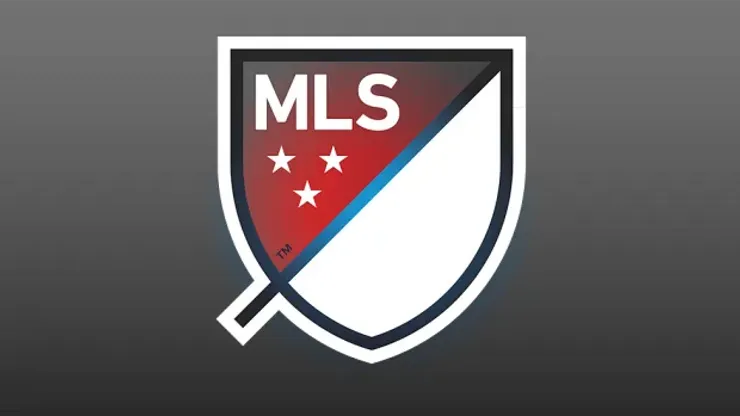An industry analyst estimates that the MLS expansion fees could increase from $200 million to as much as $600 million for teams 31 and 32 in order for team owners to try to recoup their investment in the league because the TV revenue numbers don’t work otherwise.
In an interview with Pro Soccer USA, industry analyst Corey Leff said that MLS owners are making less than $3 million a year from TV revenue based on the current TV deal that generates $90 million a year for the league for rights to MLS, USMNT and USWNT but that $90 million is split between 26 franchise owners.
“If the TV media rights deal is only generating three million [dollars per team], the question becomes ‘is there anybody that’s willing to buy a $600 million asset that generates $30 million in revenue?,’ said Leff. “That does not sound like a great investment.”
MLS’ current media rights deal will end after the 2022 season. Sacramento and St. Louis will join the league that same year as team 28 and 29. The year 2022 also happens to be the next time the men’s World Cup will take place in Qatar. Since MLS bundles their media rights with the US Men’s National Team, the league will need the Stars and Stripes to qualify for the competition in late 2021 to boost the value of rights going into the 2022 World Cup. Leff also believes that bringing NWSL into the bundle package will help increase the value but not to the extent that is needed to make a significant impact.
“I spoke to someone the other day who said that the [MLS] media rights would need to triple for teams to break even,” said Leff. “And then I ran that by some media rights experts, and they said if tripled, you might see a 30% increase and that’s if they’re able to bundle the rights with RSNs on the local rights and with NWSL. Remember, they’re [MLS] already packaged with the national teams and the Mexican national team games in the U.S.”
In other major sports leagues in the U.S. such as MLB and NBA, there’s a belief that if the major markets like Chicago, Los Angeles and New York have successful franchises then it makes the overall league more enjoyable due to ratings and interests being high in very populated areas. MLS does not benefit from that premise because outside of Los Angeles, the league hasn’t been able to penetrate other major cities. Instead, secondary markets such as Atlanta, Portland and Seattle have been the most successful. And in negotiations for media rights, this might be used against the league.
“MLS does not pull huge ratings on the local level,” explained Leff. “This is not the Major League Baseball RSN’s (Regional Sports Networks) here. So, while you have this media agreement coming up in 2023 as you mentioned I’m not sure there’s a pot of gold on the other side of the rainbow here.”
SEE MORE: MLS’ rejection of $4 billion TV offer from MP & Silva is a calculated risk
The best option for MLS to see a major boost in their media rights value would be if the league merged with Liga MX. After 2022, the next men’s World Cup will be hosted by the U.S., Mexico and Canada. After that tournament, that may be the best time for the merger to take place. Last year, Liga MX president Enrique Bonilla expressed interest.
“It’s a possibility, a North American league. We have to determine how and see the pros and cons, but I think that’s a way to grow and to compete again. If we can make a World Cup, then we can make a North American league or a North American cup. The main idea is that we have to grow together to compete. If not, there is only going to be the rich guys in Europe and the rest of the world.”
SEE MORE: US Soccer must unbundle USWNT from MLS and SUM TV rights deal
According to MLS Commissioner Don Garber in an interview with ESPN this summer, the ultimate dream is “a league that is combined in some way.” That idea is likely to be more plausible at the end of the next decade but in the near future MLS needs to figure out a way to improve ratings. Otherwise, MLS franchise owners may quickly lose interest in the fledgling league.
200+ Channels With Sports & News
- Starting price: $33/mo. for fubo Latino Package
- Watch Premier League, Women’s World Cup, Euro 2024 & Gold Cup
The New Home of MLS
- Price: $14.99/mo. for MLS Season Pass
- Watch every MLS game including playoffs & Leagues Cup
Many Sports & ESPN Originals
- Price: $10.99/mo. (or get ESPN+, Hulu & Disney+ for $14.99/mo.)
- Features Bundesliga, LaLiga, Championship, & FA Cup
2,000+ soccer games per year
- Price: $5.99/mo
- Features Champions League, Serie A, Europa League & Brasileirāo
175 Premier League Games & PL TV
- Starting price: $5.99/mo. for Peacock Premium
- Watch 175 exclusive EPL games per season






